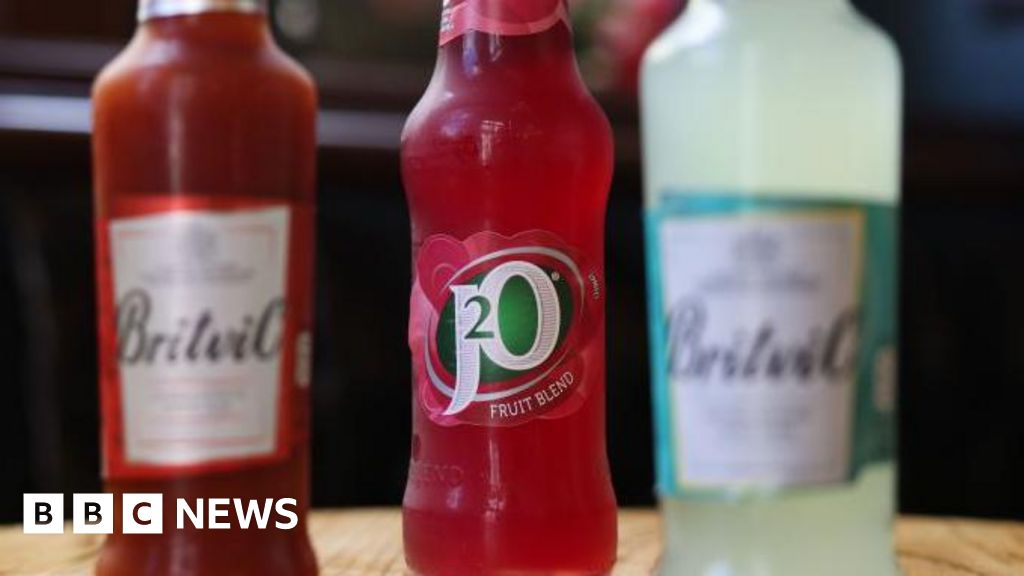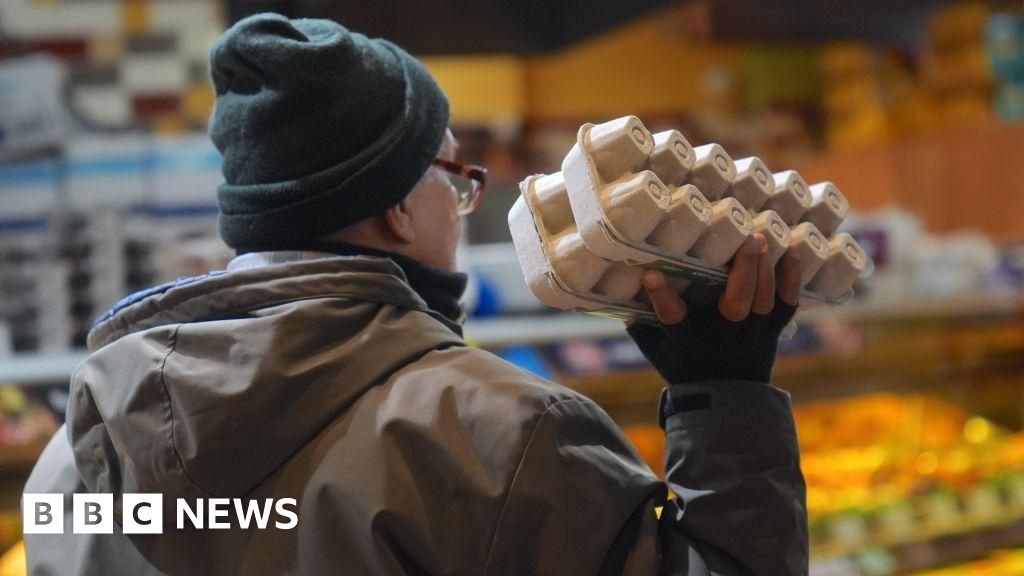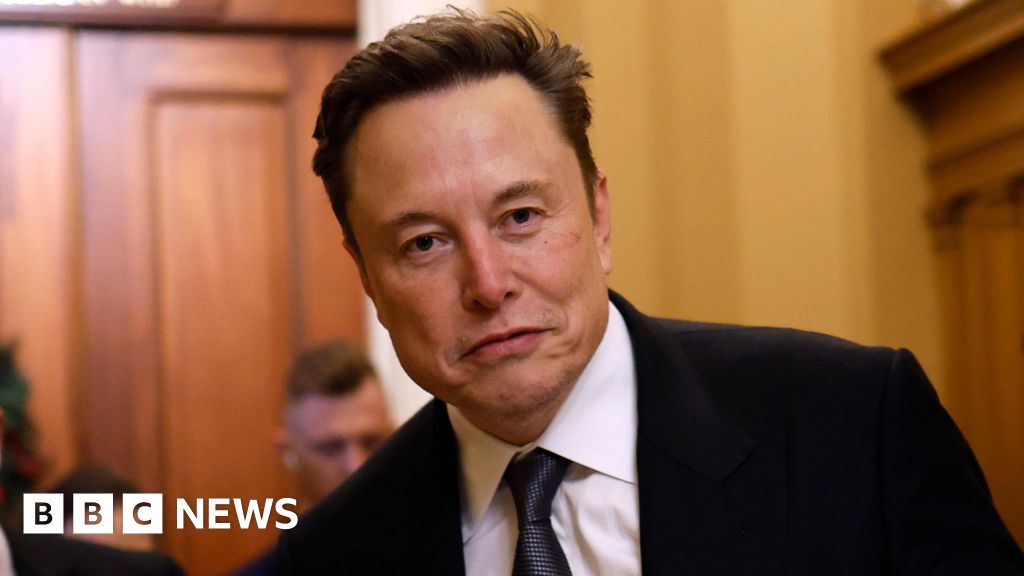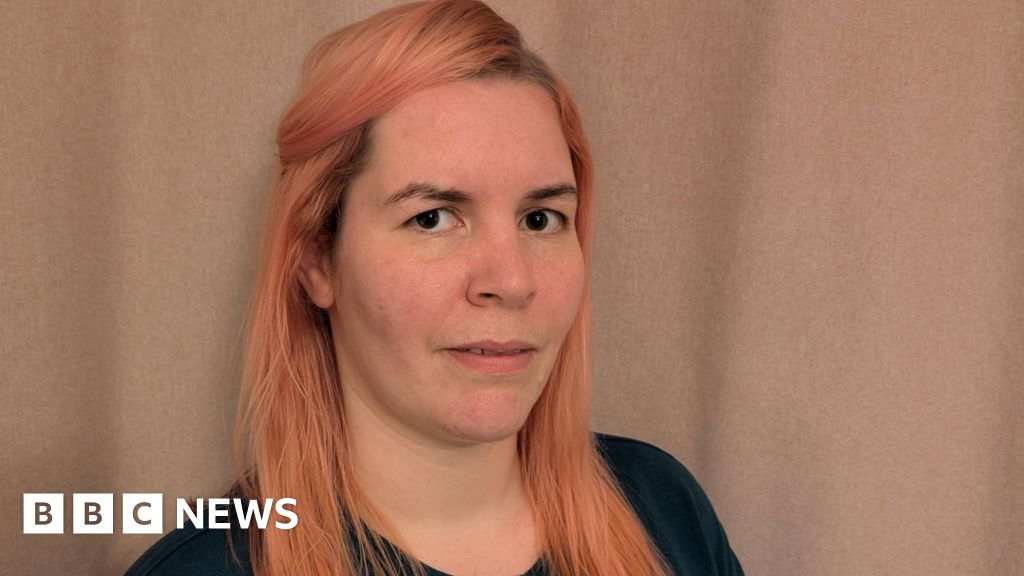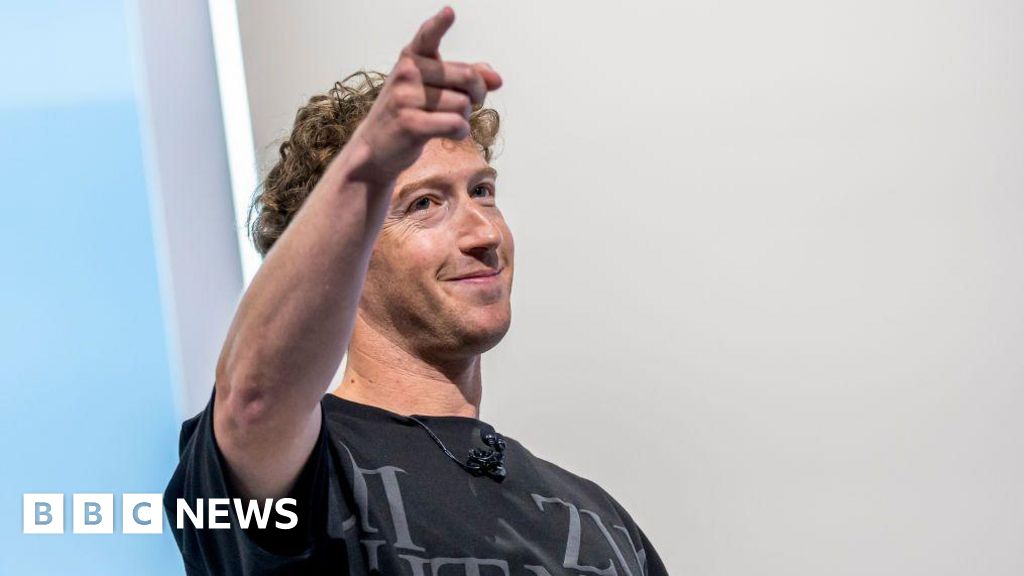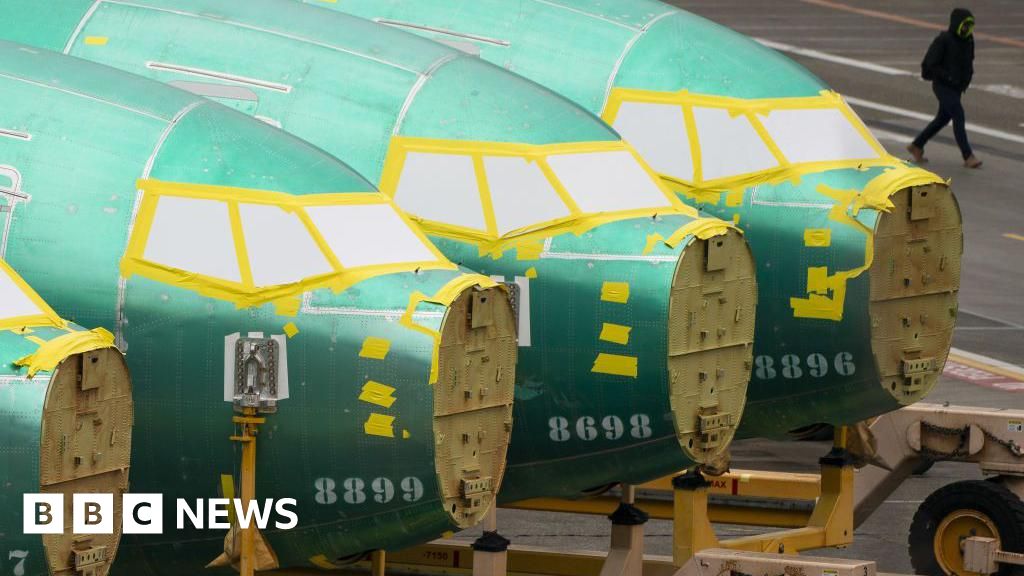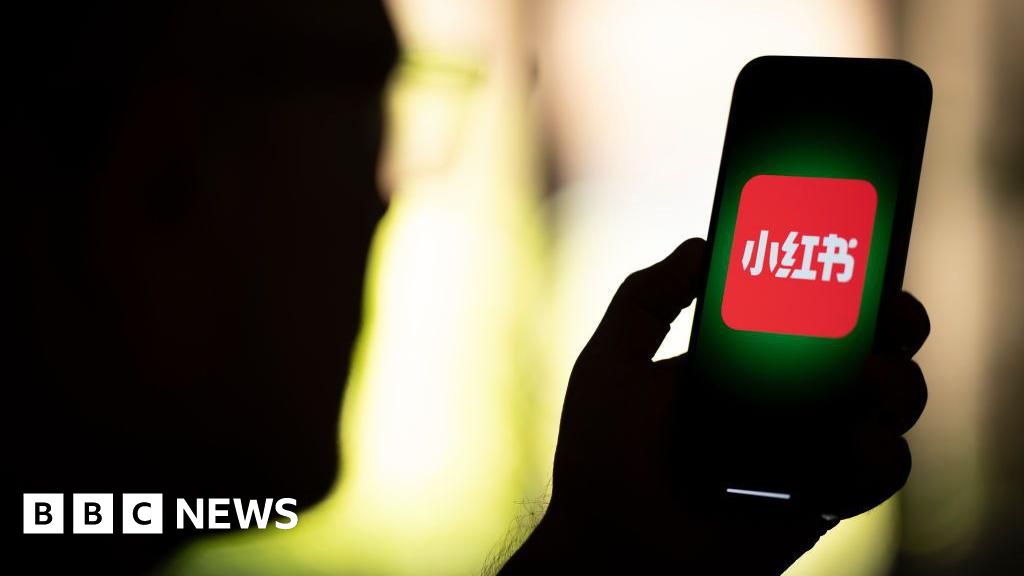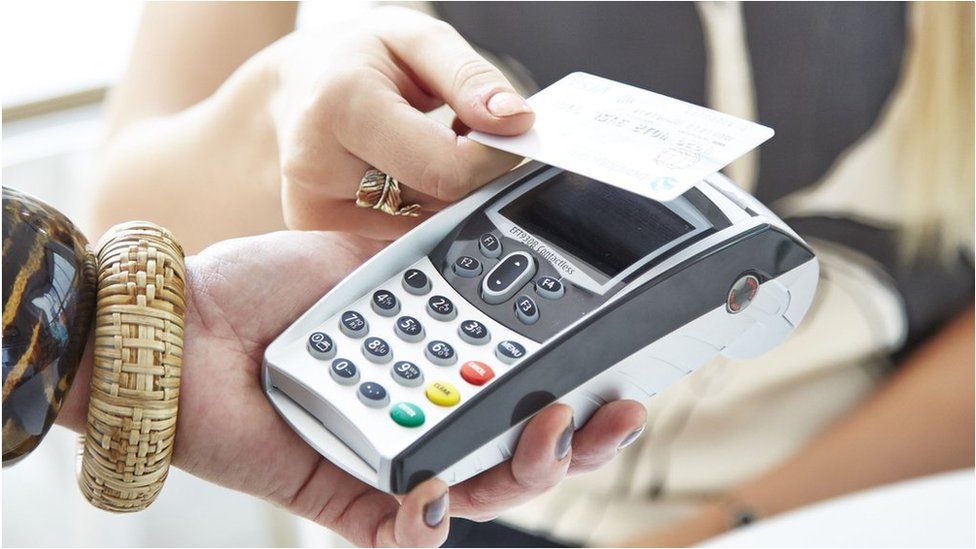 Image source, PA Media
Image source, PA Media
Ahead of the general election, the Conservatives, Labour and Lib Dems have ruled out increasing income tax, VAT and National Insurance.
However, tax rises or cuts to public services could lie ahead because of financial challenges for the next government, the Institute of Fiscal Studies think tank has warned.
How much money does the government have to spend, and where does it come from?
How much money does the government raise?
The government raises and spends more than £1 trillion a year, external. A trillion is £1,000bn, or a one with 12 zeroes.
Such a big number is hard to picture, but for that money you could comfortably buy the UK's 10 most valuable companies. It's about £15,000 per person in the UK.
Where does the government's money come from?
About a quarter of the money the government expects to raise this year will come from income tax, which people pay on the money they earn.
It is likely to raise £303 billion in 2024/25, according to the independent Office for Budget Responsibility (OBR), which makes forecasts for the government.
Further increases are expected in the coming years.
This is because the amount you are allowed to earn before you have to pay income tax has been frozen until 2028. The point at which people start paying higher rates of tax has also been frozen.
The next two biggest earners are VAT, which is paid on many purchases, and National Insurance (NI), which is another tax levied on people's earnings.
The OBR has forecast that VAT will raise £203 billion in 2024/25.
However, the government said it expected to raise, external £2.2bn less from NI this year - about £168bn - after the rate of National Insurance was cut from 12% to 10% in January.
The tax categories described as "other" - including capital gains tax, stamp duty and vehicle excise duty - are expected to raise £115 billion in this tax year, according to the OBR.
The OBR said, external the overall level of tax as a proportion of the size of the economy would rise in each of the next five years to a post-war high of 38% of GDP.
Some sources of money for the government don't come from taxation, such as student loan repayments, which are included in the "other non-taxes" category.
What does the government spend money on?
Social protection spending is by far the biggest outgoing for the government, accounting for more than a quarter of all its expenditure.
This includes the cost of benefits paid to pensioners as well those for working-age people.
Before the general election was announced, the OBR predicted spending on social protection would rise to £371 billion in 2024/25.
About a fifth of government spending goes on health.
Health spending has been rising for decades, because of the growing cost of looking after the UK's ageing population, and increased spending on treatments, external. The OBR forecast the health spending bill would be £251 billion in 2024/25.
The next biggest area of spending is education, which was cut in the 2010s and has been recovering since. The OBR expected spending on education to come to £131 billion in 2024/25.
After this comes the cost of interest on the debt the government has borrowed.
Spending on debt interest has increased considerably - that's the amount the government has to pay for all the money it has borrowed. The interest is about 50% higher as a proportion of the size of the economy than it was in 2010. The OBR predicted this would reach £109 billion in 2024/25.

 7 months ago
34
7 months ago
34
